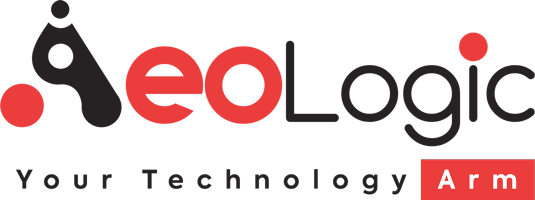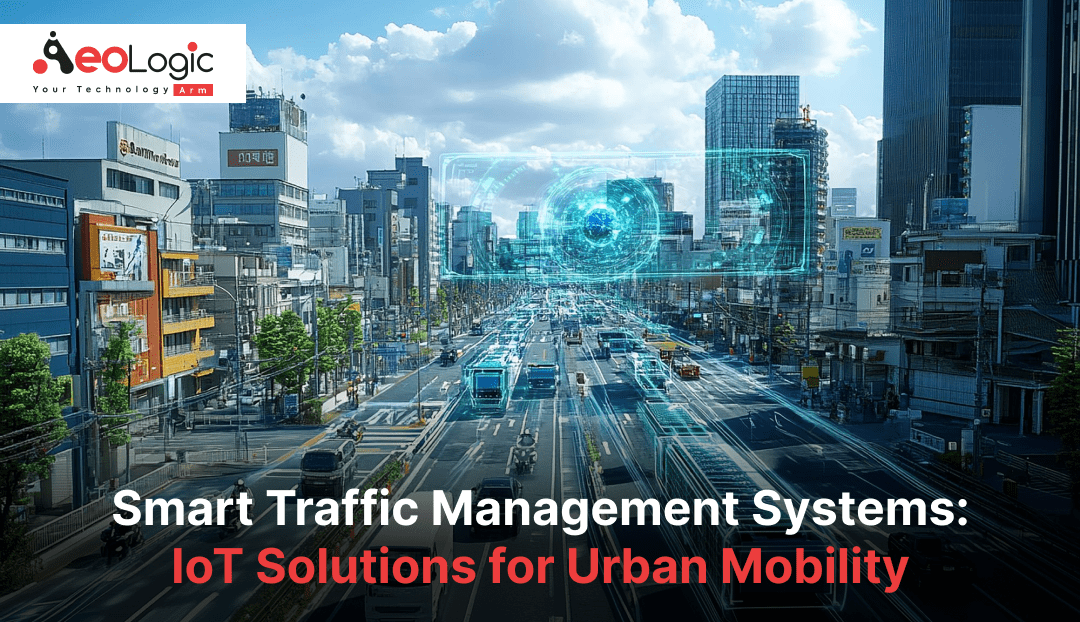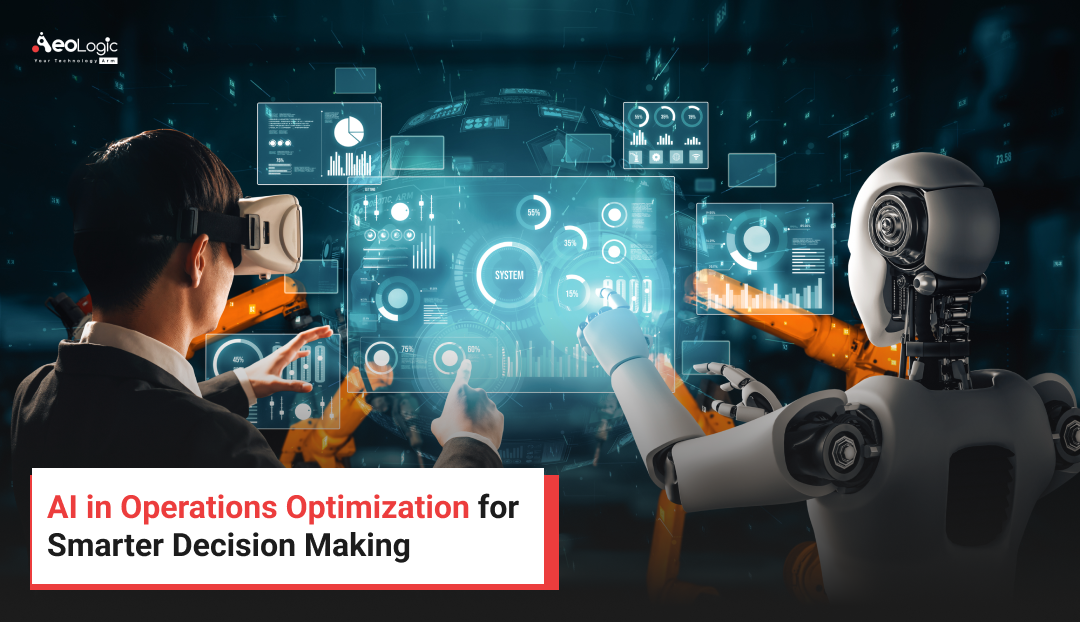As urban populations continue to swell, the challenges associated with traffic management are becoming increasingly complex. Congestion, pollution, and safety concerns plague cities around the globe, creating a pressing need for innovative solutions. Enter Smart Traffic Management Systems (STMS), powered by the Internet of Things (IoT). These IoT solutions for urban mobility, providing smarter, more efficient ways to manage traffic flow and enhance the overall transportation experience.
Also read: Top Benefits of Intelligent Transportation Systems for Modern Urban Mobility
The Need for Smart Traffic Management : IoT Solutions for Urban Mobility
Traditional traffic management systems often rely on outdated methods, such as fixed traffic signals and manual monitoring. These systems struggle to adapt to real-time conditions, resulting in inefficiencies that contribute to congestion, increased travel times, and higher emissions. According to the Texas A&M Transportation Institute, traffic congestion costs the U.S. economy over $166 billion annually in lost productivity. With cities projected to house nearly 70% of the world’s population by 2050, the demand for a smarter approach has never been more critical with the help of IoT solutions for urban mobility.
Understanding IoT and Its Role in Traffic Management
The Internet of Things (IoT) refers to the interconnection of devices and sensors via the internet, allowing them to communicate and share data. In the context of traffic management, IoT devices such as smart traffic lights, sensors embedded in roads, and connected vehicles provide valuable real-time data. This information is crucial for making informed decisions about traffic flow, optimizing signal timings, and improving overall road safety.
Key Components of Smart Traffic Management Systems
Smart Traffic Signals: These signals adapt in real-time based on current traffic conditions. By using data from sensors and cameras, they can prioritize green lights for vehicles waiting at busy intersections or adjust timings to accommodate emergency vehicles.
Vehicle-to-Everything (V2X) Communication: This technology allows vehicles to communicate with each other and with infrastructure. For example, a connected car can receive alerts about traffic jams or accidents ahead, allowing drivers to take alternate routes and avoid congestion.
Real-Time Traffic Monitoring: IoT-enabled cameras and sensors monitor traffic flow continuously, providing real-time data on vehicle counts, speeds, and congestion levels. This information can be used to adjust traffic signals and inform drivers through digital signage.
Data Analytics and Machine Learning: With the vast amount of data generated by IoT devices, machine learning algorithms can analyze patterns and predict traffic behavior. This predictive capability enables city planners to make data-driven decisions about road design and traffic management strategies.
Mobile Applications: Many cities are now deploying apps that provide real-time traffic updates to users. These apps can offer alternative routes, estimated travel times, and even parking availability, empowering drivers to make better choices on the go.
Benefits of Smart Traffic Management Systems
Reduced Congestion: By optimizing traffic flow, STMS can significantly reduce travel times. Real-time adjustments to traffic signals and rerouting vehicles can lead to smoother commutes and less time spent idling in traffic.
Environmental Impact: With less congestion comes lower emissions. Smart traffic systems can lead to a reduction in fuel consumption and greenhouse gas emissions, contributing to cleaner air and a healthier urban environment.
Enhanced Safety: By analyzing traffic patterns and behaviors, STMS can identify high-risk areas and implement measures to improve safety. For instance, adjusting signal timings to reduce pedestrian wait times can decrease accidents at crosswalks.
Better Public Transportation: Smart traffic systems can improve the reliability of public transport by prioritizing buses at intersections, reducing delays and encouraging more people to use public transit.
Informed Decision-Making: With access to real-time data, city planners can make more informed decisions about infrastructure investments and improvements, ensuring that urban mobility keeps pace with growth.
Real-World Implementations
Cities around the world are already reaping the benefits of smart traffic management. For instance, Barcelona has implemented a comprehensive STMS that utilizes IoT sensors and data analytics to optimize traffic signals, resulting in a 20% reduction in travel times. Similarly, Los Angeles has introduced a network of smart traffic signals that communicate with connected vehicles, enhancing the flow of traffic and improving safety.
In Singapore, the Land Transport Authority uses a combination of sensors and data analytics to monitor traffic conditions and manage congestion effectively. The city-state has seen a notable improvement in travel times and a reduction in accidents since deploying these smart systems.
Challenges and Considerations
Despite the many benefits, implementing Smart Traffic Management Systems is not without challenges. Data privacy concerns are paramount, as the collection of real-time data raises questions about surveillance and individual privacy. Additionally, the integration of diverse IoT devices and systems can be complex, requiring significant investment and collaboration among multiple stakeholders.
Moreover, cities must consider equity in access to these technologies. As smart traffic systems evolve, there is a risk that underserved communities may be left behind, exacerbating existing inequalities in urban mobility.
The Future of Urban Mobility
As cities continue to grapple with traffic challenges, the future of urban mobility will increasingly rely on smart technologies. The integration of IoT solutions for urban mobility into traffic management represents a pivotal shift toward more sustainable, efficient, and safer urban transportation systems.
Innovative approaches such as autonomous vehicles, ride-sharing platforms, and integrated public transit systems will further complement STMS, creating a comprehensive ecosystem that prioritizes mobility for all citizens.
Also read: IoT Integration in Smart Cities for a Sustainable Future
Conclusion
In conclusion, Smart Traffic Management Systems powered by IoT solutions for urban mobility are not just a trend; they are a necessity for modern urban living. By embracing these technologies, cities can pave the way for a future where mobility is efficient, sustainable, and equitable. As we continue to innovate and adapt, the dream of seamless urban mobility is becoming an attainable reality.






